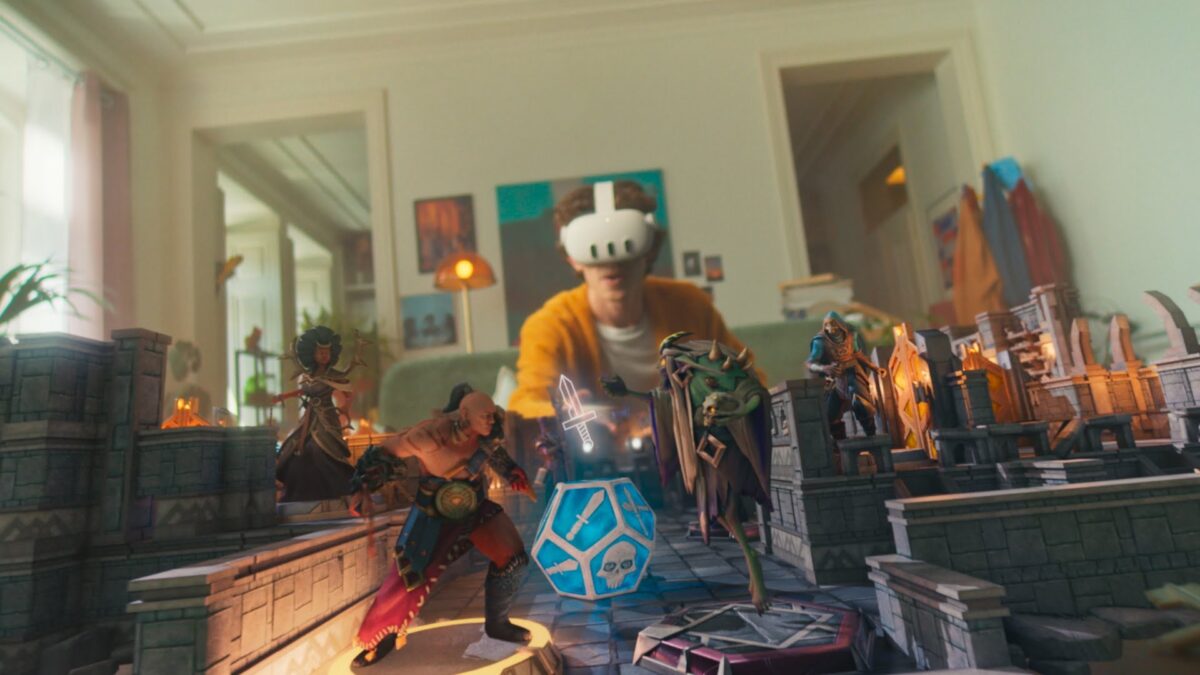Unity releases mixed reality development tools for Quest headsets

Meta Quest 3 is coming this fall. Unity paves the way for mixed reality with new development tools.
Meta's new VR headset will deliver color passthrough and improved spatial awareness for more advanced mixed reality experiences.
Meta is betting on the technology because it hopes to create a new type of experience that fits better into everyday life and opens up new use cases. For examples, check out Jan's list of the best 15 mixed reality experiences on Quest.
Unity is currently the most widely used development environment for mobile VR applications and is preparing for the upcoming shift.
On its blog, the company introduces new developer tools for Quest headsets. The software is based on the industry standard OpenXR and Unity's AR Foundation.
AR Foundation now supports Meta Quest
AR Foundation is a framework for cross-platform development of AR applications for mobile devices and XR headsets. Previously, AR Foundation supported Google's ARCore, Apple's ARKit, and OpenXR for Hololens 2.
Now Unity has released a Meta OpenXR package that includes experimental support for Quest headsets. The software supports features such as passthrough, plane detection, raycasting, and anchors.
Unity has also updated existing sample projects such as Simple AR and Anchors for Quest. They make it easier for developers to get started developing mixed reality apps for Meta Quest.
To get started, here's what you need:
- Unity 2022 LTS
- AR Foundation
- Meta OpenXR package
- If needed: the Simple AR and Anchors sample projects on Github.
If you want to develop Mixed Reality applications for Quest, you also need to get familiar with Meta's Presence Platform. It includes all of Meta's mixed reality APIs.
Note: Links to online stores in articles can be so-called affiliate links. If you buy through this link, MIXED receives a commission from the provider. For you the price does not change.